The 2023 Global Slavery Index estimated that on any day in 2021, there was an average of 1.1 million people enslaved in the United States alone. This is an alarming number for a country that had a population of about 330 million people that year. So this raises the question, what can we as individuals do to fight this despicable crime?
According to The United Nations, human trafficking is “the recruitment, transportation, transfer, harbouring or receipt of people through force, fraud or deception, with the aim of exploiting them for profit.”
Many states, statistically, have much more human trafficking than the national average. According to the World Population Review, the top three states with the most human trafficking are Mississippi, Nevada, and Missouri. Mississippi has 7.92 human trafficking cases per 100,000 people, Nevada has 6.26, and Missouri has 3.86. Although these states may seem random, when the list is increased to view the top ten states, one alarming trend appears.
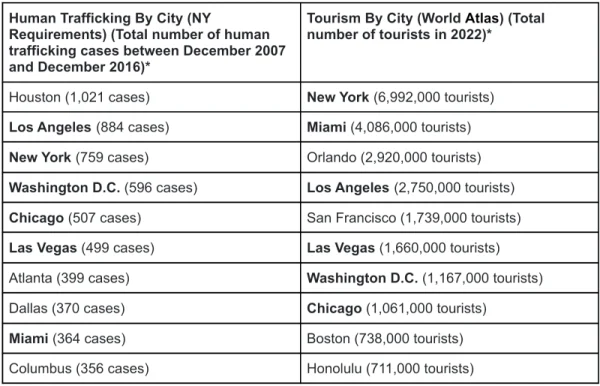
*Cities listed in bold appear in the top 10 of both lists
Although it is common to blame human trafficking on poverty or illegal migration, the most obvious link is with tourism. The heat maps of tourism and human trafficking are nearly identical with six of the top ten biggest cities for tourism also being in the top ten biggest cities for human trafficking. To see this overlap first look at the heat map for tourism for the United States here, and then the heat map for human trafficking here.
Knowing this link between human trafficking and tourism exists is the first step to understand how you can prevent and fight trafficking. This data should not be used as an excuse to not travel to these cities because there are various precautions that can be taken to prevent yourself from being trafficked. Knowing how to prevent trafficking starts by knowing who is at risk.
According to criminologists Emily Troshynski and Jennifer Blank in their breakthrough academic research paper in which they interviewed real human traffickers from the London area, there was one common target: foreign young women and girls. Although the article focuses on trafficking in the London area, it is reasonable to assume that because London is such a tourist hotspot that traffickers in other tourist hotspots would use similar strategies. This is because human trafficking is undeniably linked to the illegal sex trade. Approximately 88% of prosecuted human trafficking cases in the United States are classified as some sort of sex trafficking according to The National Human Trafficking Hotline.
Armed with this data it becomes much more clear why the link between human trafficking and tourism is so profound. Because human traffickers predominately want to capture foreign young women and girls, they concentrate their operations in areas where the most of these people are.
With this knowledge, one obvious rule of thumb comes up to prevent human trafficking; when you are in a big tourist city keep an eye out for any suspicious activity. Although kidnapping immediately comes to mind when people think of human trafficking, not more than 3% of human trafficking cases actually involve a kidnapping. Human trafficking is not this in your face, obvious and grand crime; it is done behind closed doors just out of your sight. Most of the time you will not see a young girl getting snatched up in a parking lot in broad daylight.
So, if not kidnapping, how does most human trafficking happen? Around 62% of sex trafficking happens with something referred to as the lover-boy approach. This manipulative approach typically involves the trafficker getting in some sort of relationship with their target and buying them gifts and expensive things. Eventually the trafficker is able to gain the trust of the woman and is then able to manipulate her into doing anything to stay with them. From here they can either force the women into prostitution or manipulate them into leaving the and then taking away their freedom by confiscating their passports, documents, and cell phone.
Not all trafficking involves the sex trade; labor trafficking often happens in a similar way. Approximately 71% of people who are trafficked for labor work in manufacturing, farming, or hospitality in the United States , and entered the country on a temporary, usually work, visa. These people would work legally for their bosses, who would then threaten them with arrest, violence, sexual assault, and a myriad of other crimes to force them to continue working for them. This usually goes on for a long enough time that the workers become unauthorized immigrants before having a chance to escape. Once the work visa expires for these people, the trafficker then has complete control over their lives, as they can threaten the worker with deportation.
Human traffickers, whether sex or labor traffickers, almost always exploit people in vulnerable situations to force them into modern day slavery. According to the U.S Department of State, there are several red flags for human trafficking and they are as follows: a person lives with their employer, they have poor living conditions, the inability to speak to someone alone, they always appear to be scripted, their employer is holding their identity documents, they are submissive or fearful, they show signs of physical abuse, or they are under eighteen and involved in prostitution.
Obviously these signs are not exclusive to victims of human trafficking, but it is better to report any sign you may see than risk having a person continue to be exploited and enslaved. Trafficking officials would much rather have one mistaken report than have another person continue to live such a terrible life.
Now if you think someone you may know or have seen has been trafficked, it is important to call 911, or the National Human Trafficking Hotline at 1-888-373-7888. The National Human Trafficking Hotline also runs a website that makes it possible to report crimes online. While reporting any signs of human trafficking you see is important, if you want to take a different role in fighting trafficking you can donate to Operation Underground Railroad, a charity that helps law enforcement in identifying human trafficking, as well as aiding those who were recently removed from human trafficking.


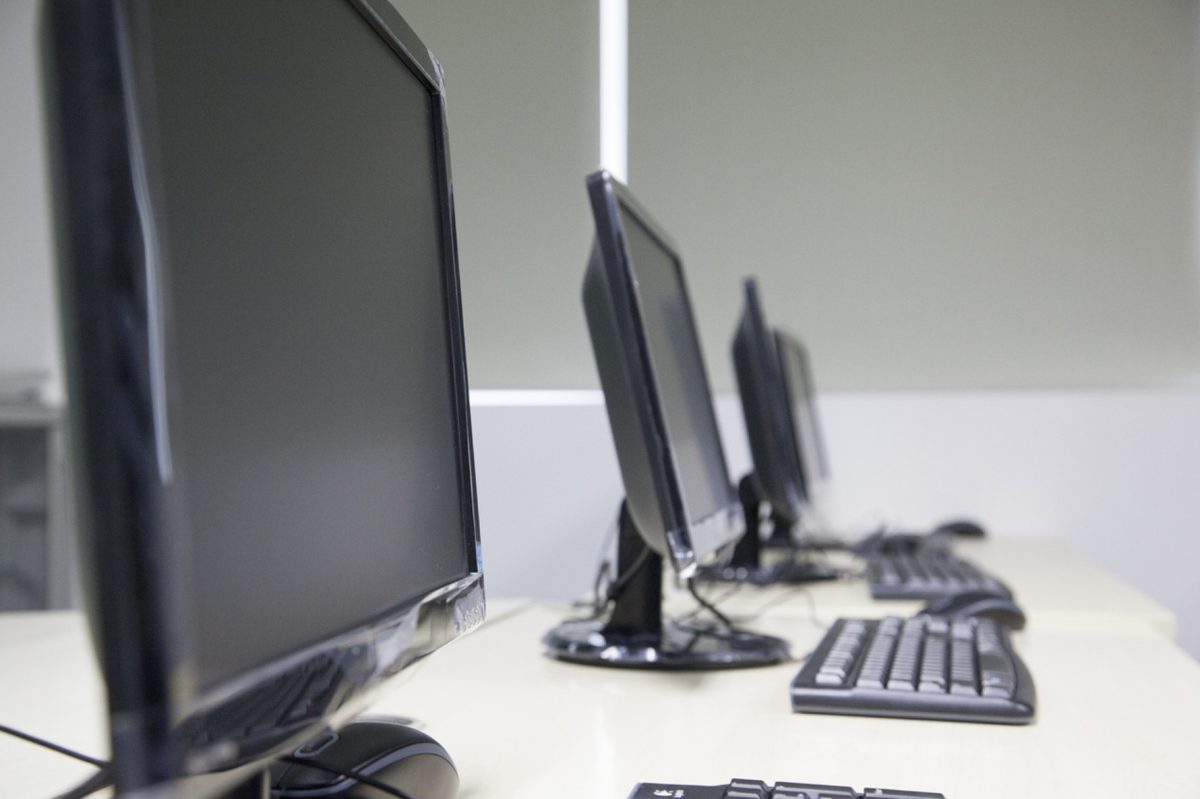


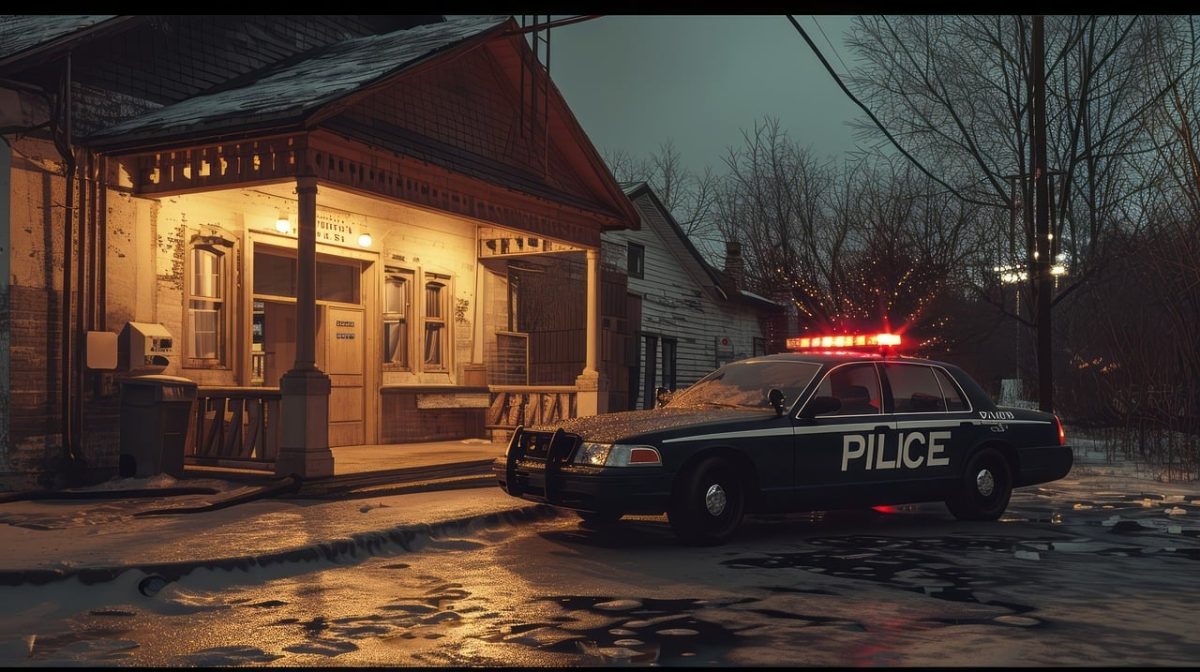

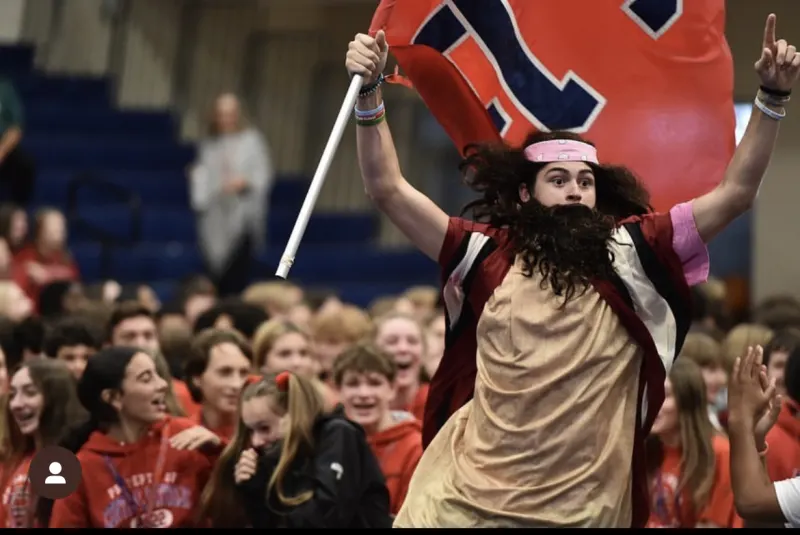
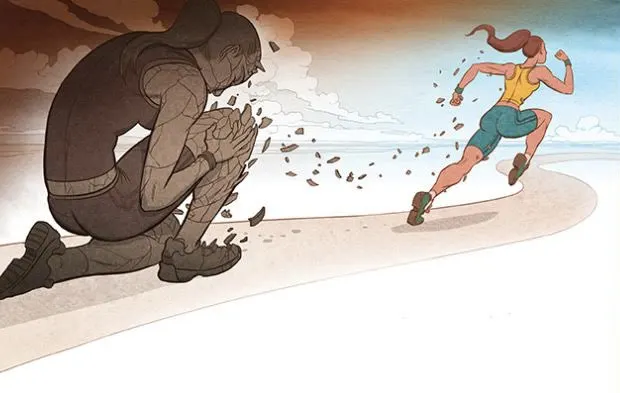
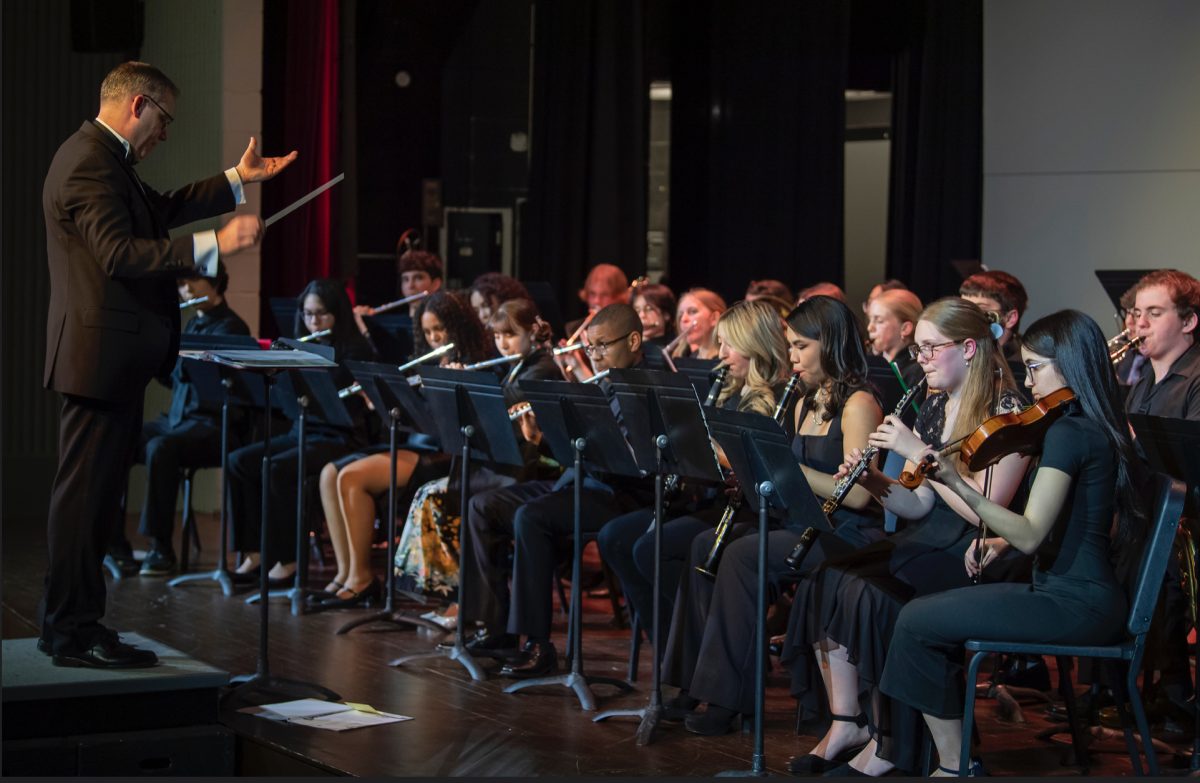



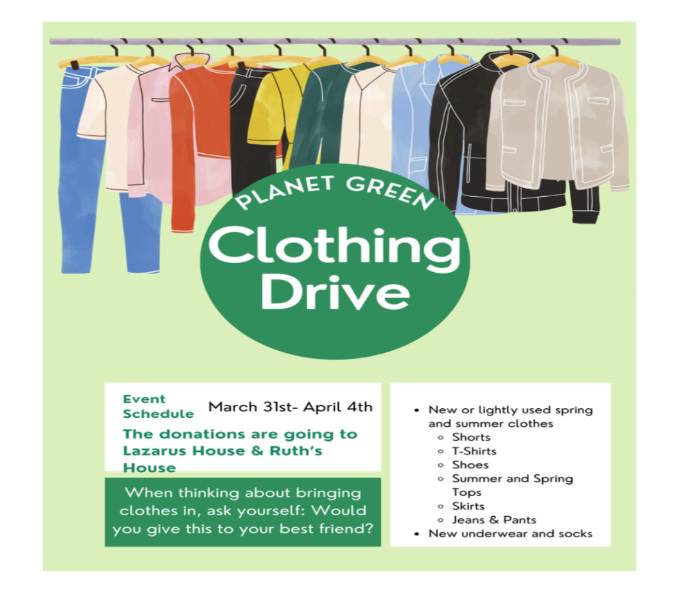



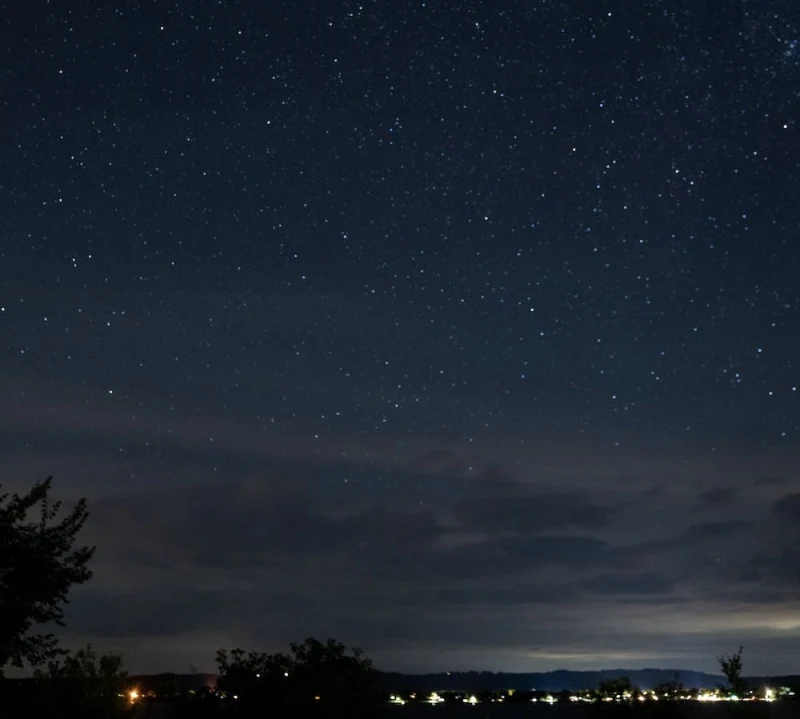

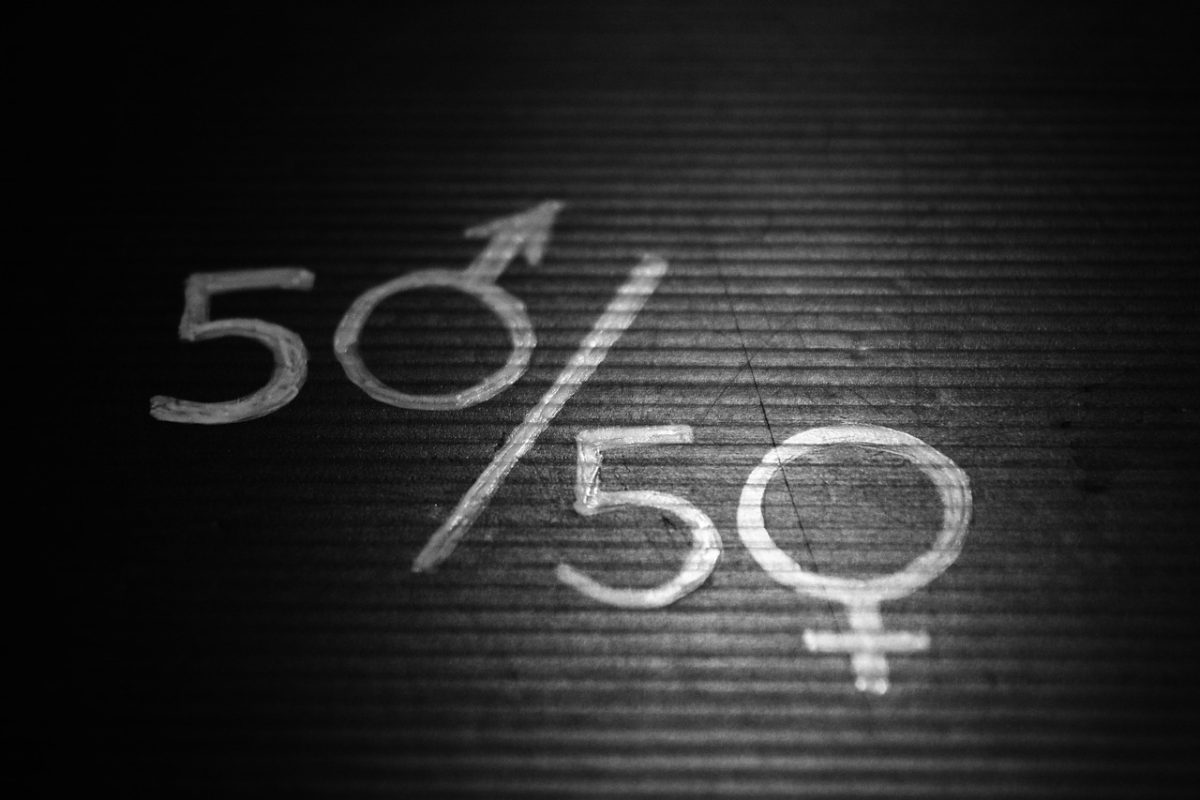



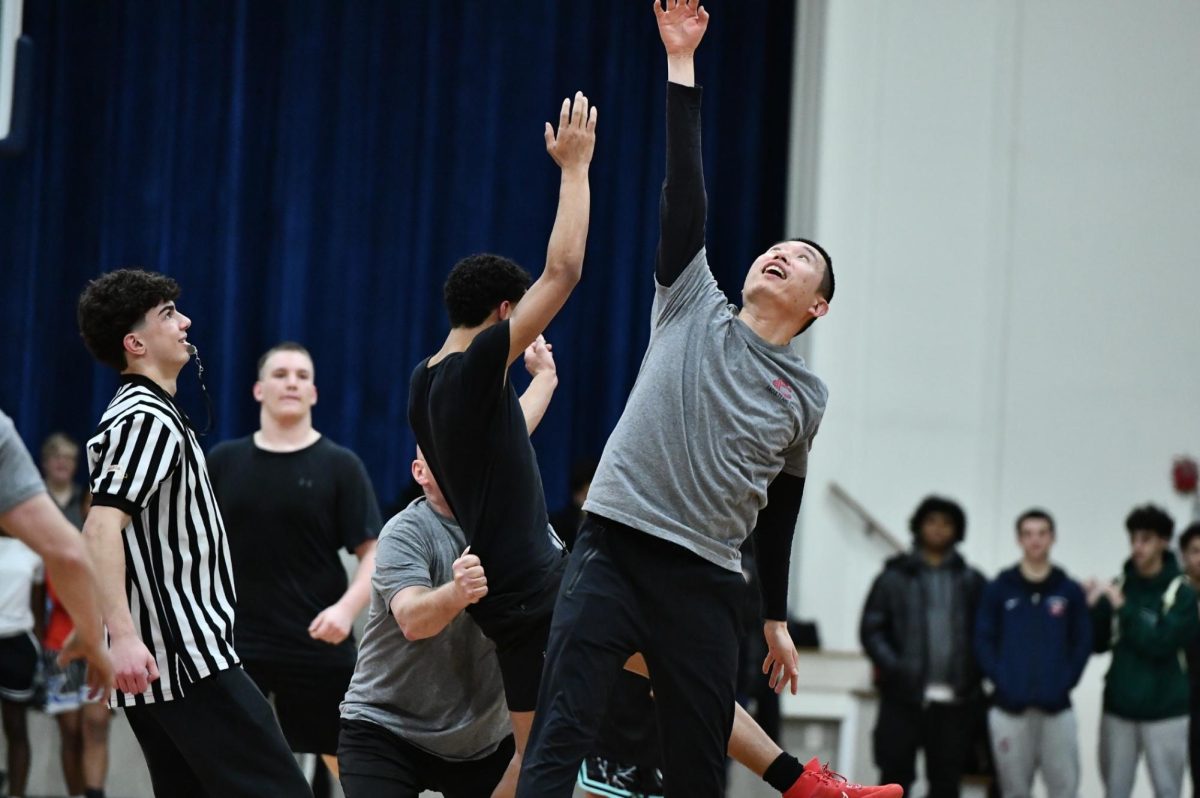

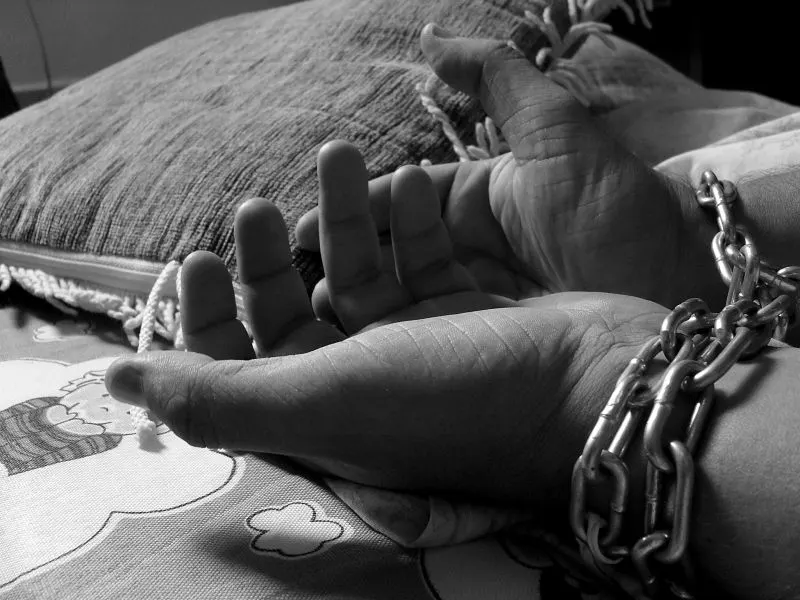
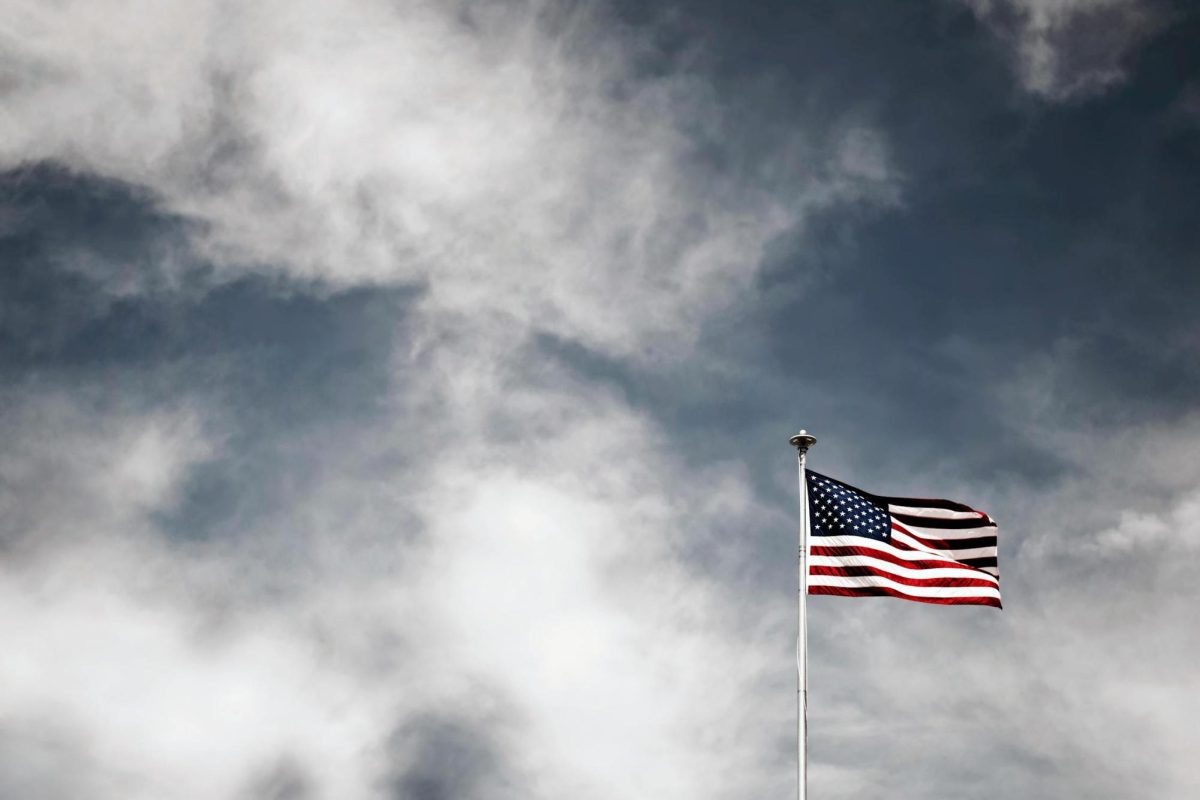

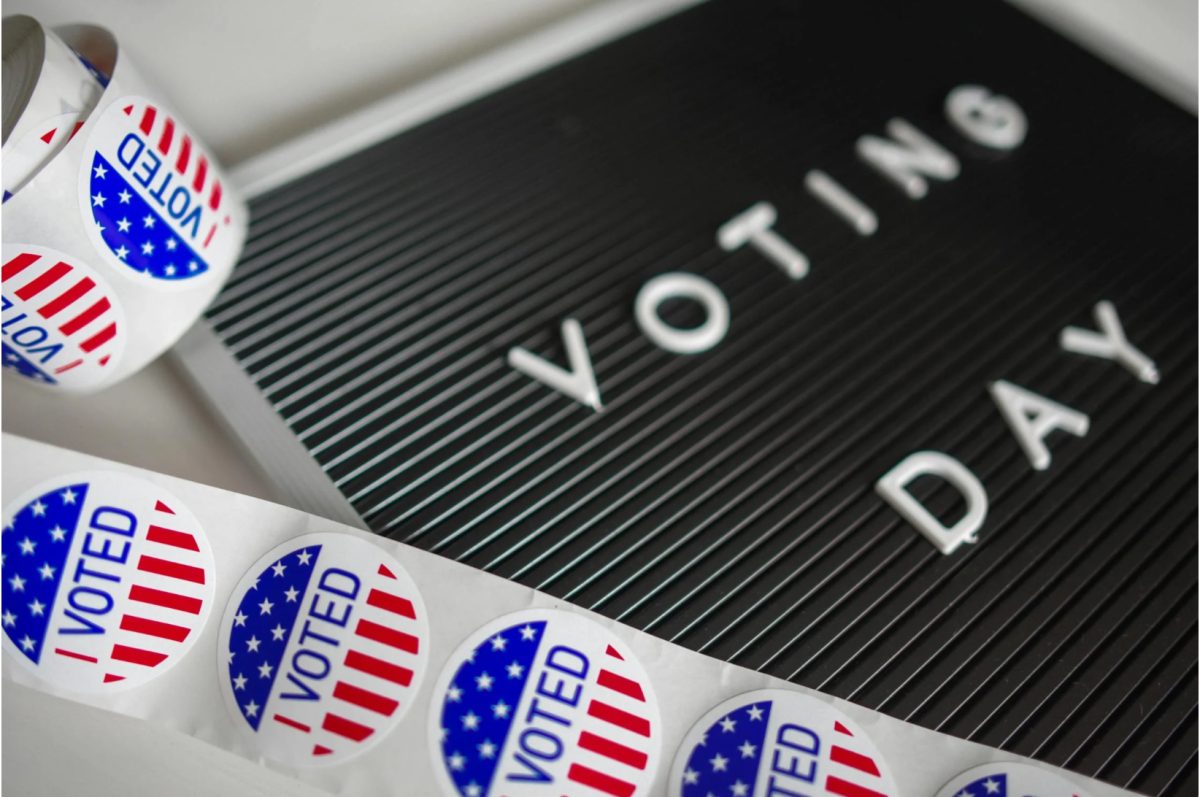



Naysa George • Mar 9, 2025 at 6:14 am
I loved this article and definitely learned some new terms and statistics from it. I thought the connection to tourism was very interesting and not something I’ve thought of. Also that most don’t actually include a kidnapping was intriguing. I was wondering what year the tourist numbers were from. Also if it has gotten better worse since.